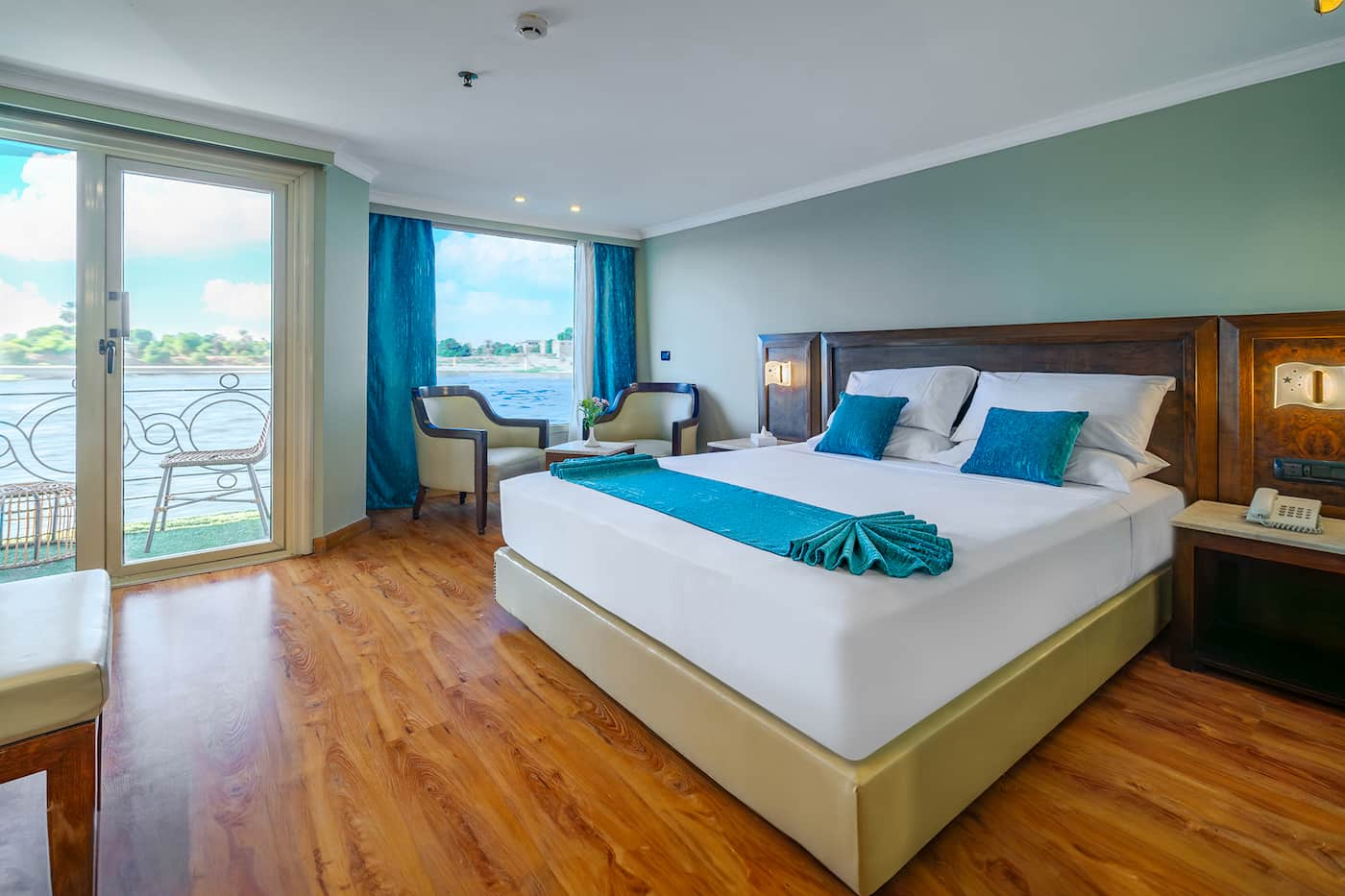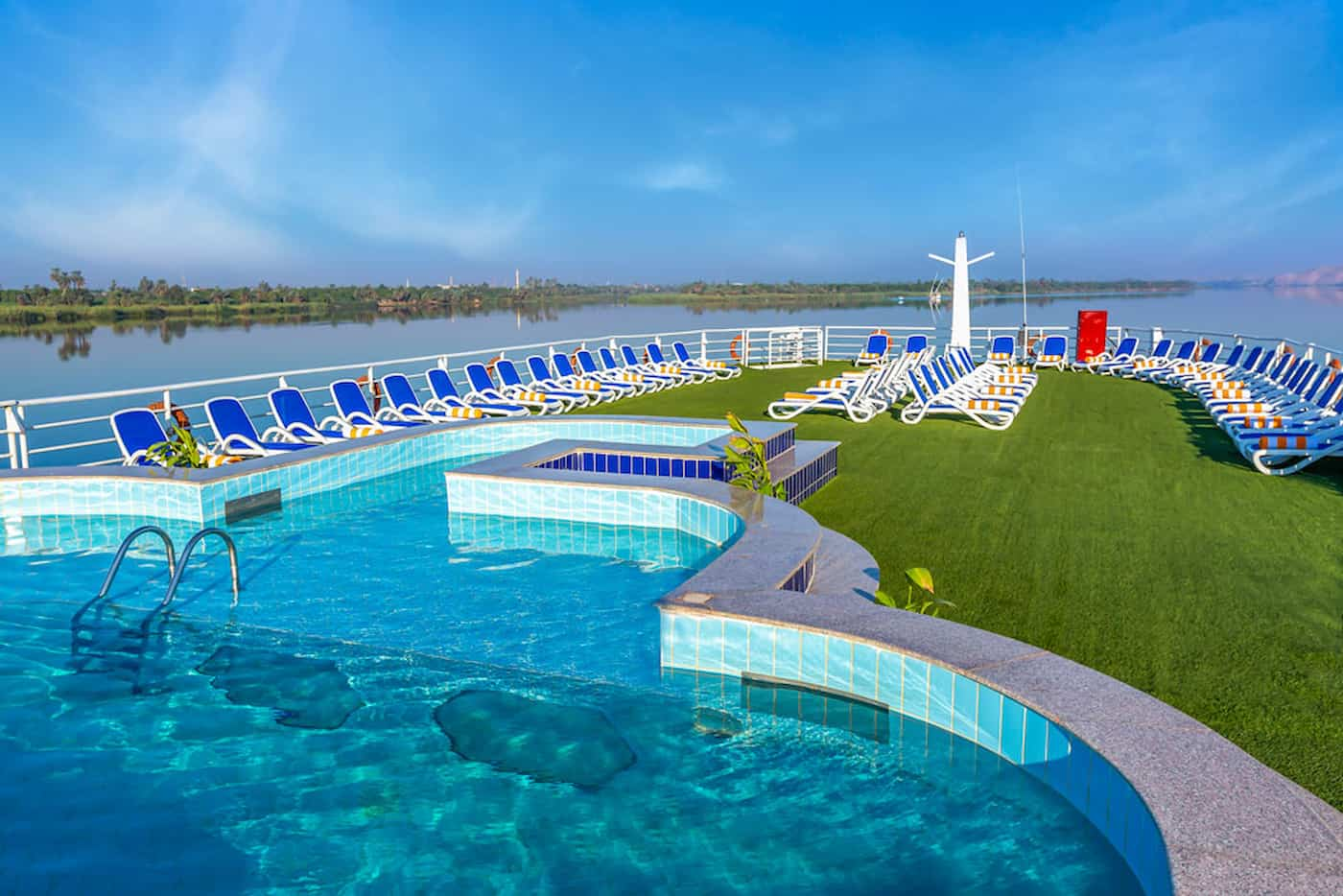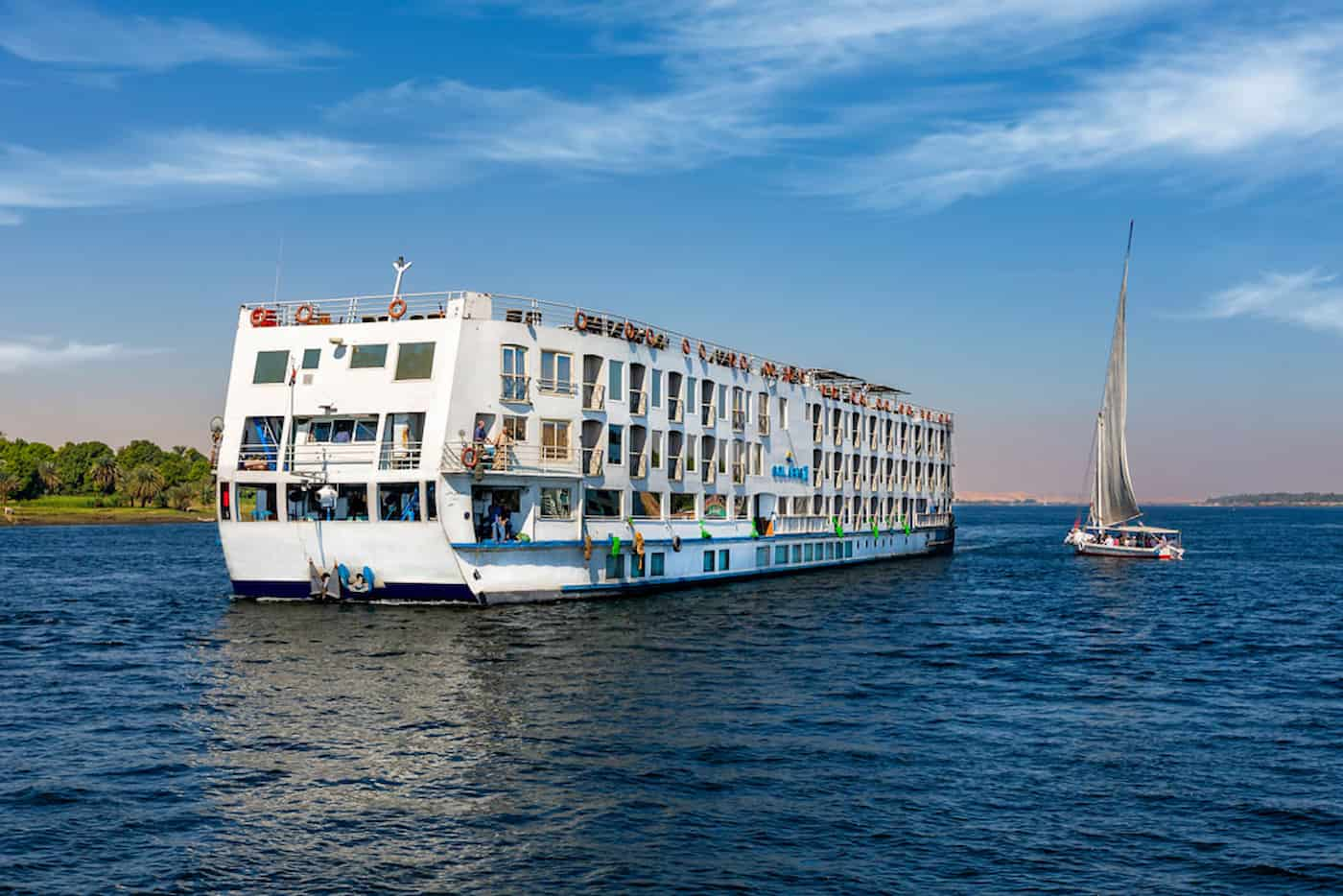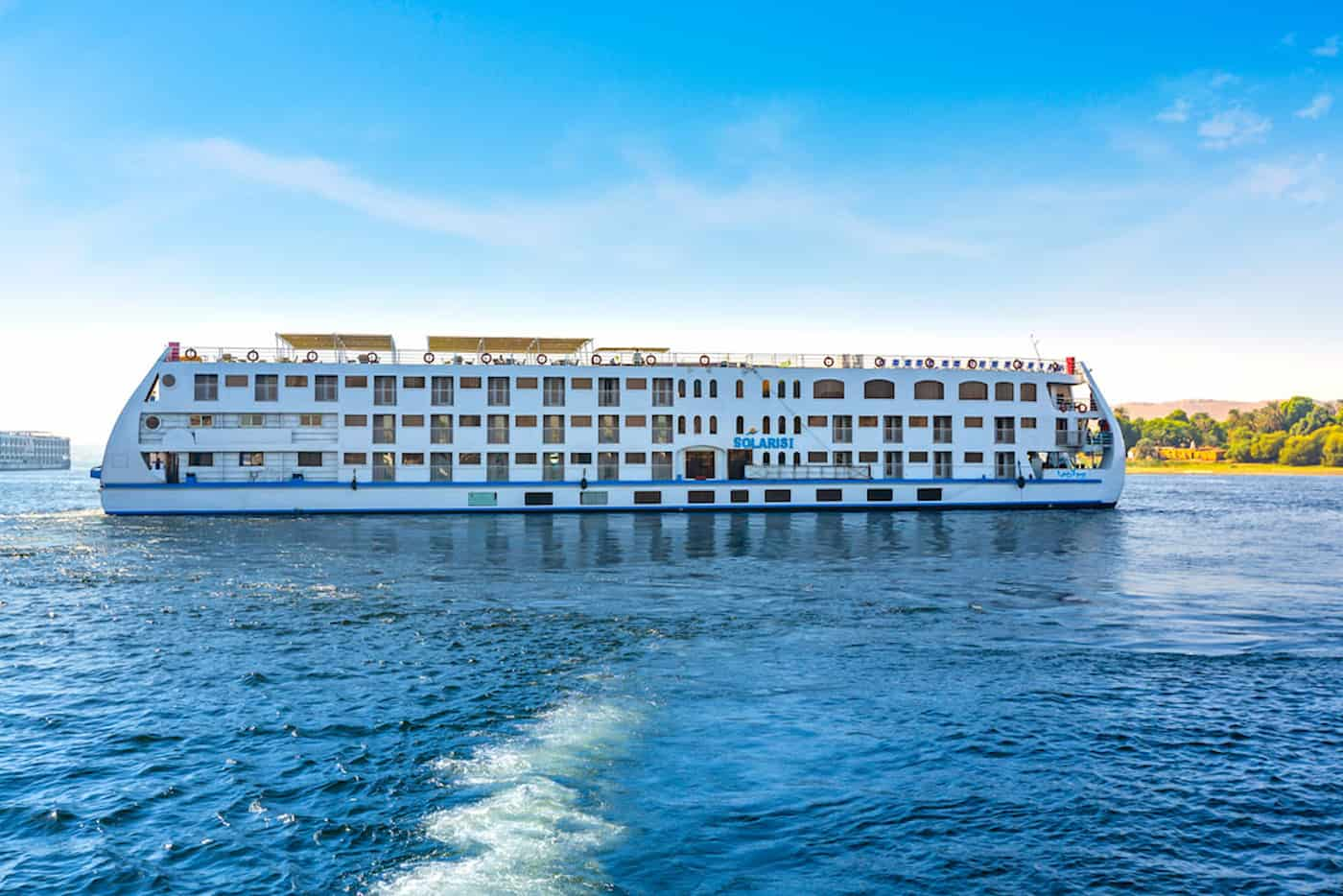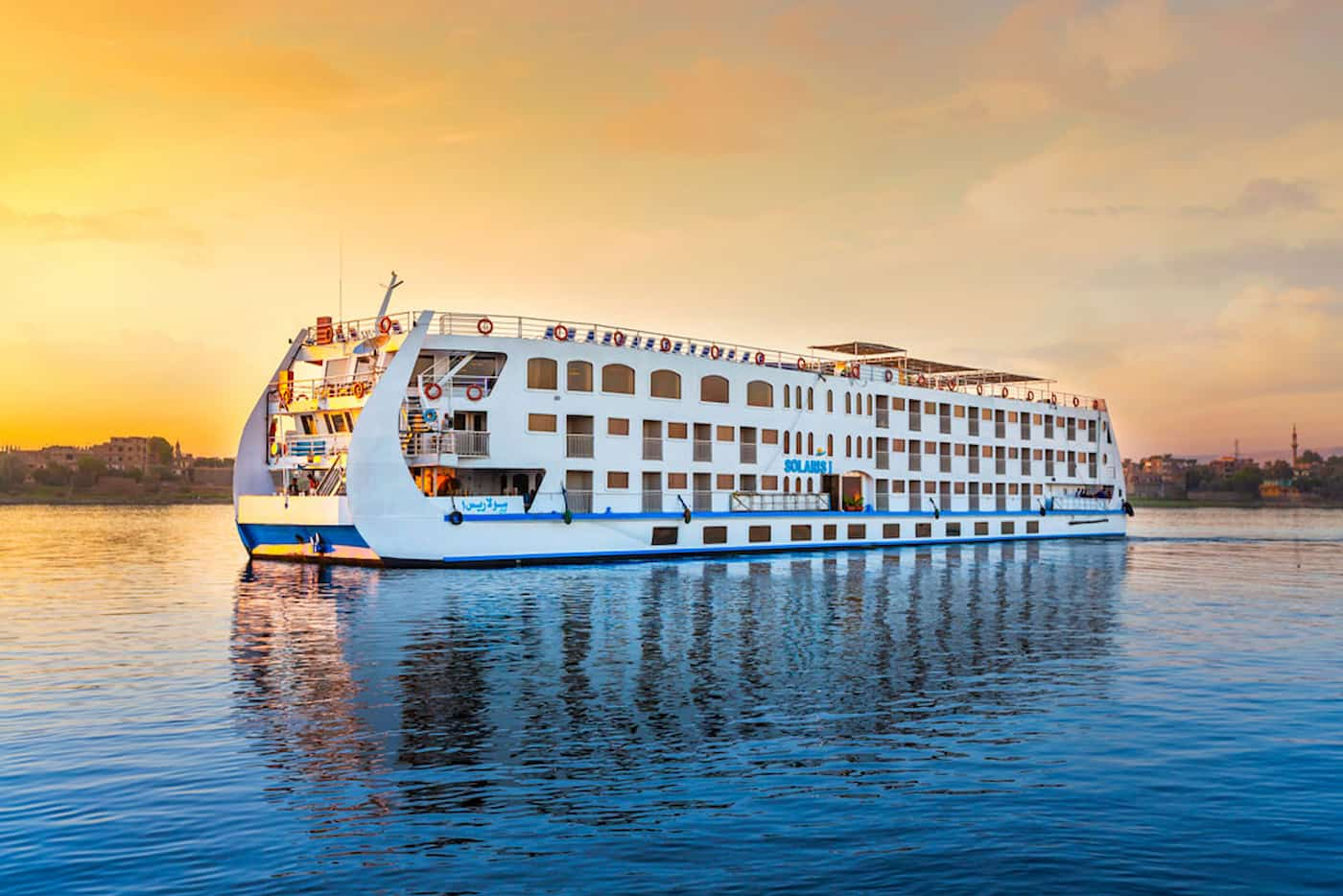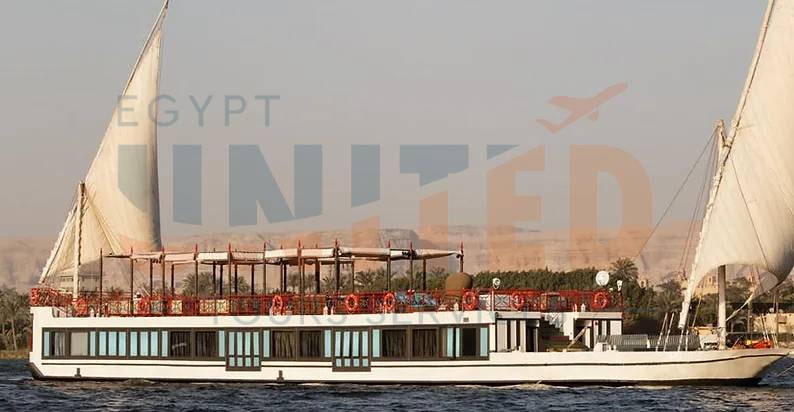Dakhla Oasis: A Western Desert Paradise With History And Mysteries
The oasis is one of the seven oases of Egypt’s Western Desert (part of the Libyan Desert). Dakhla Oasis is in the New Valley Governorate. It is 350 km from the Nile and between the oases of Farafra and Kharga. It measures almost 80 km from east and 25 km from north.
Dakhla Oasis is a wonderful destination in Egypt’s Western Desert. Its name historically was el-Wah or the Inner Oasis. It has stunning landscapes and a rich history. Once a significant trading route and the region’s capital during the Pharaonic period, Dakhla Oasis is today famous for its impressive monuments, natural beauty, and the culture of its inhabitants.
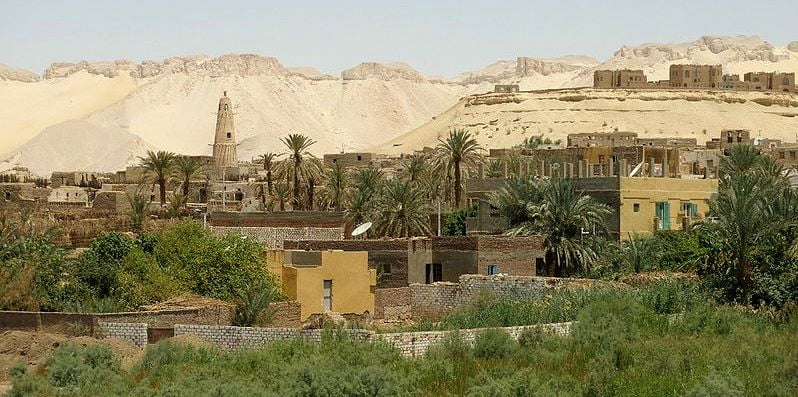
Dakhla Oasis
An overview of the History of Dakhla Oasis
1- In Prehistory
The human history of this oasis started during the Pleistocene, when nomadic tribes settled there for some time. The Sahara climate was wetter. Thus, humans might have fished in lakes and marshes. Yet they stopped fishing 6,000 years ago, as the entire Sahara was becoming drier. It is changing into a hyper-arid desert.
However, specialists think that nomadic hunter-gatherers began to settle almost permanently in the oasis of Dakhleh in the period of the Holocene about 12,000 years ago. The south of the Libyan Desert has the most important supply of subterranean water in the world. And the first inhabitants of the Dakhla Oasis had access to surface water sources.
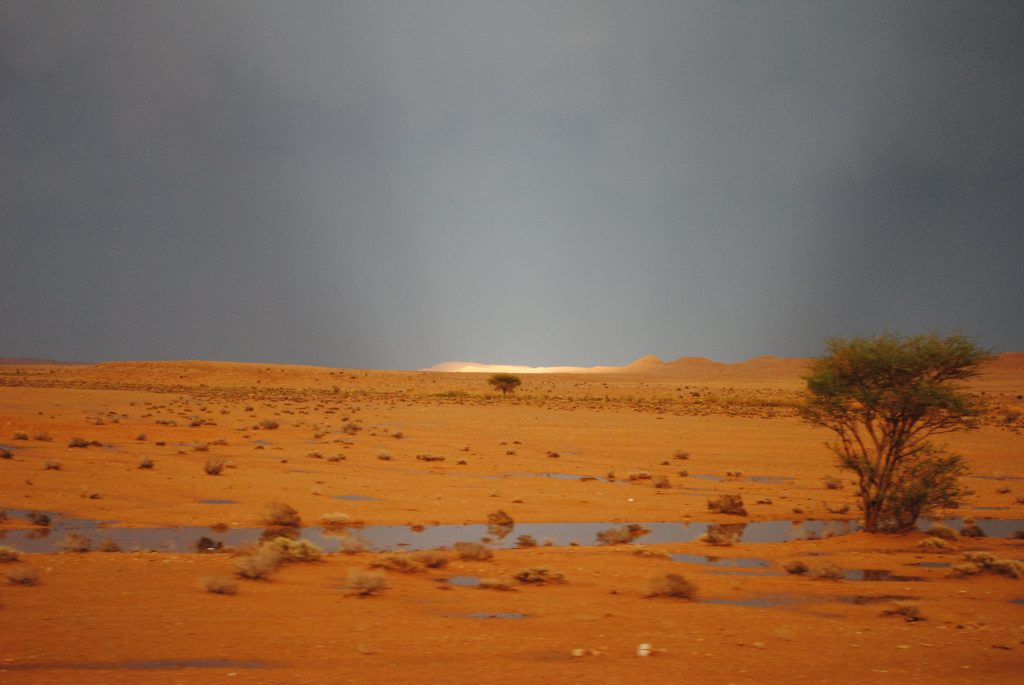
Libyan Desert
2- During the Pharaonic Period
The first contacts between the pharaonic power and the oases started around 2550 BCE.
3- During the Islamic Period
The fortified Islamic town of Al Qasr was built at Dakhla Oasis in the 12th century, probably on the remains of a Roman-era dounset by the Ayyubid kings of Egypt.
4- After 1800
The first European traveller to find the Dakhla Oasis was Sir Archibald Edmonstone in the year 1819. Several other early travellers succeeded him. The first Egyptologist, Herbert Winlock, visited Dakhla Oasis and noted its monuments in some systematic manner. In the 1950s, detailed studies began, first by Dr. Ahmed Fakhry, and in the late 1970s, an expedition of the Institut Français d’Archéologie Orientale and the Dakhla Oasis Project began detailed studies in the oasis.
A brief overview of the Geography of Dakhla Oasis
Dakhla Oasis consists of several communities, along a string of sub-oases. The main settlements are Mut, Al-Qasr, and Qalamoun, together with several smaller villages. Some of the communities have identities that are separate from ilk another. Qalamoun has inhabitants who trace their origins to the Ottomans.
Dakhleh Oasis Project
The Dakhleh Oasis Project (DOP) is a long-term study project of the Dakhleh Oasis and the surrounding palaeoasis. This project was in 1978, when the Royal Ontario Museum and the Canadian Society for the Study of Egyptian Antiquities were awarded a joint concession for part of the Oasis. In 1979, the Centre for Archaeology and Ancient History at Monash University began to cooperate in the project.
Moreover, the DOP studies the interaction between environmental changes and human activity in the Dakhleh Oasis. The director of the DOP is Anthony J. Mills, formerly curator at the Royal Ontario Museum. The excavations at Ismant el-Kharab (ancient Kellis), Mut el-Kharab (ancient Mothis), Deir Abu Metta, and Muzawwaqa are undertaken with the cooperation of Monash University, under the direction of Gillian E. Bowen.
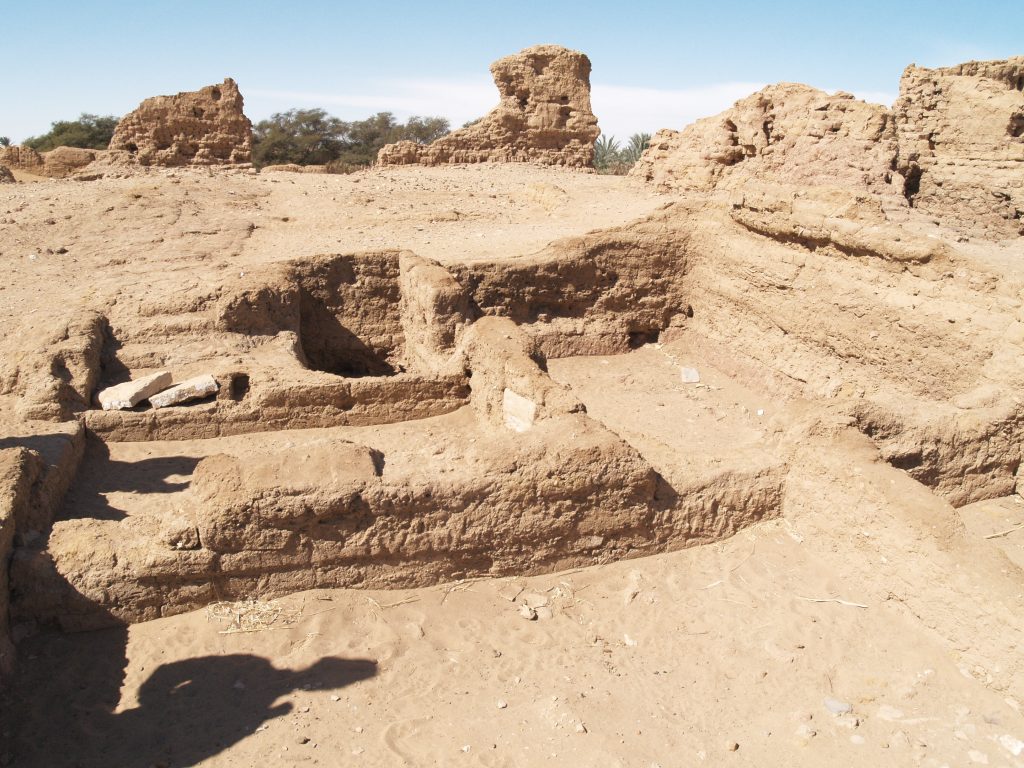
Temple at Mut el-Kharab
Bowen and Colin Hope from Monash University are the principal investigators at Ismant el-Kharab. The DOP haes an aa excavatit at ‘Ain el-Gazzareen, El Qasr el-Dakhil, Deir el Hagar, and Ain Birbiyeh.
As well as the Dakhleh Trust, formed in 1999 tae raise money for the DOP, organisations which has support or participate in the DOP include: the Royal Ontario Museum, the Society for the Study o Egyptian Antiquities, Monash University, the University o Durham, the University o Toronto, Columbia University, the American Research Centre in Egypt, the Egyptology Society of Victoria an New York University.
In addition, excavations were at Amheida under the direction of Roger S. Bagnall. Their war is conducted under the auspices of Columbia University, but is currently conducted for New York University.
5 Things to See and Do in Dakhla Oasis
1. Visit the Al-Qasr village
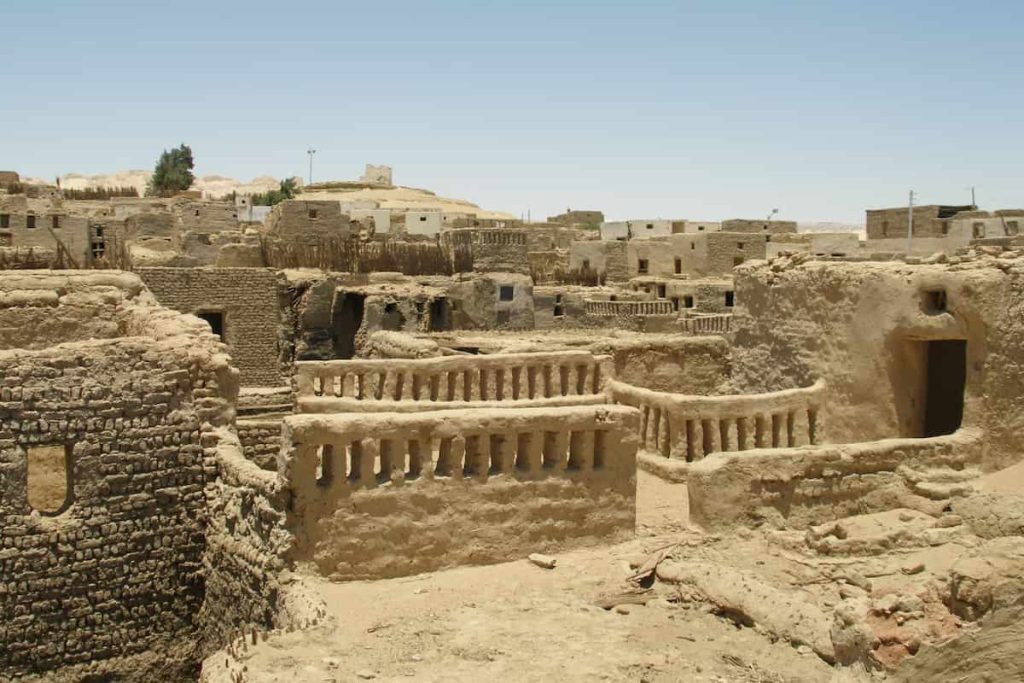
Al-Qasr city Dakhla Oasis
Located at the Lake Oasis, Dakhla is at the center of the oasis. Any traveller interested in knowing the area’s rich culture and history should visit Al-Qasr. The village is ancient with glory stretching ancient traditions, and well-preserved buildings that have several centuries to their age. There is much to explore and discover, from the school and mosque to the olive oil factory and court. Please take advantage of the opportunity to interact with the friendly locals eager to share their stories and traditions. A visit to Al-Qasr village is a journey into the past and an experience you will never forget.
2- Visit the Islamic village of Balat
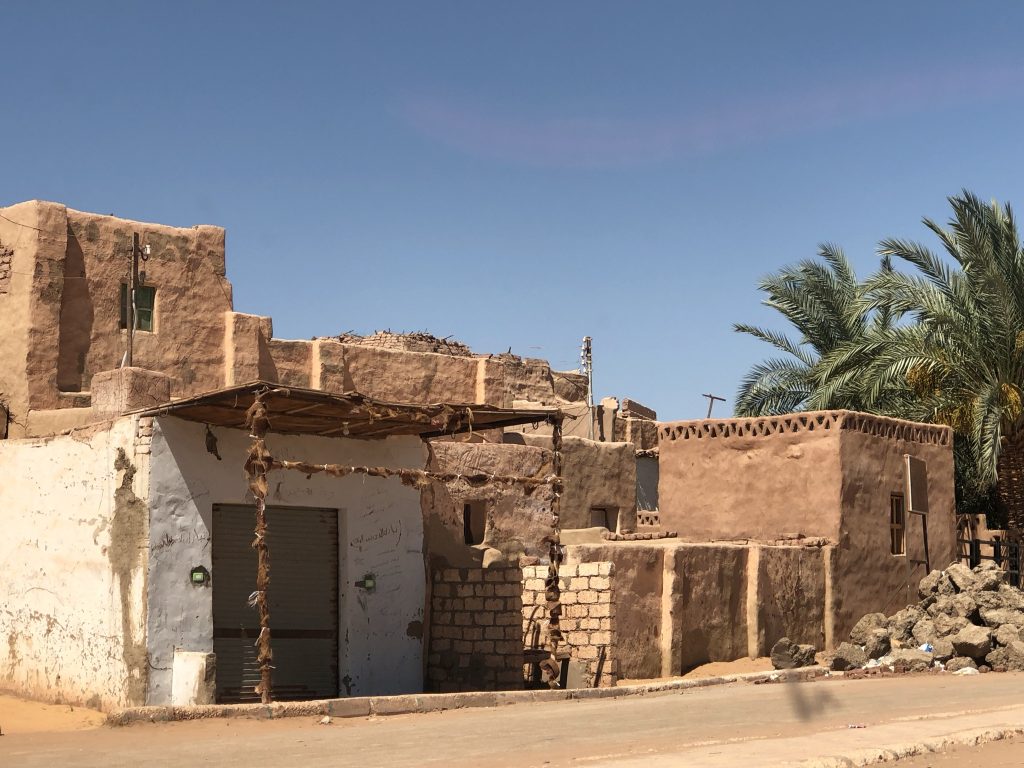
the Islamic village of Balat
When you explore the fascinating Dakhla Oasis, you should visit the Islamic village of Balat is a must. This historical village in the northeast of Bashindi has significant historical and architectural importance. It is famous for the site of two of the most renowned archaeological sites in Egypt’s Western Desert: the Qila El Dabba Necropolis and Ain Asil, which was the capital of the Oases during the Old Kingdom.
There are also decorated tombs and ancient structures. The Islamic village of Balat is very fantastic because of its rich history and enchanting architecture.
3- Explore the ancient city of Mut
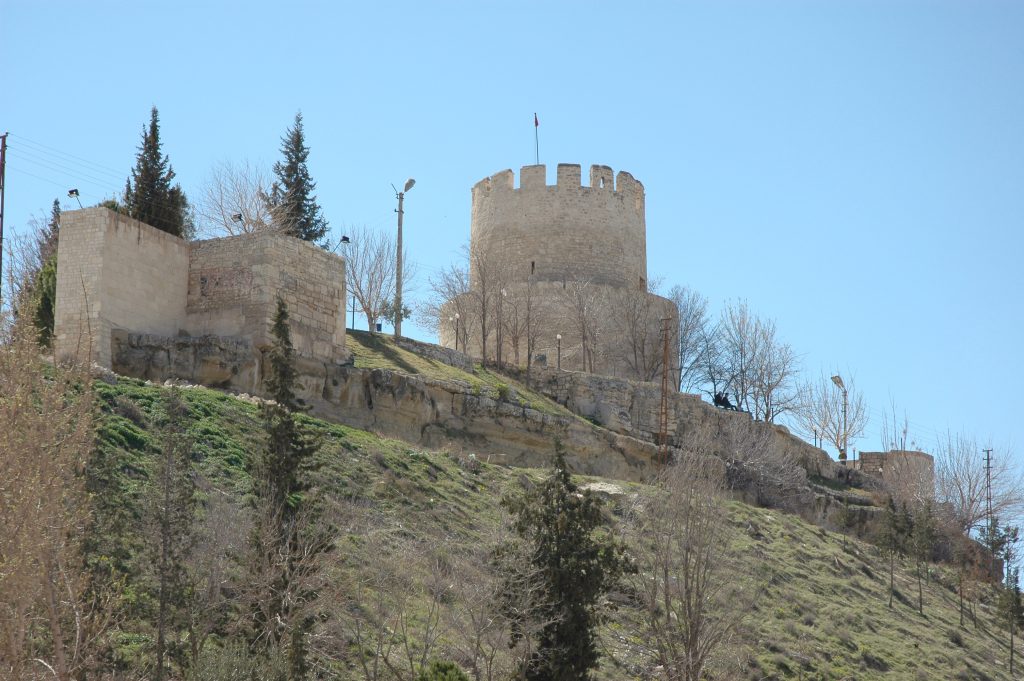
Mut citadel
The old town of Mut is the largest and most crucial place in the Dakhla Oasis. Its sites date back to 2550 BC, to the sixth dynasty, when Mut was a trading route from Dakhla to other oases and the Nile Valley. Mut is famous for the dusty-colored mud-brick houses and narrow lanes of late Islamic-period architecture.
The Bir Talata SPA constitutes one of the main attractions. It gives forth warmth, water impregnated with sulphur and iron, noted for its healing properties. There was also the Al Muzwaqa necropolis of approximately 300 rock-tombs. Those tombs are of famous Petosiris and Petubastis, decorated with traditional ancient Egyptian art and symbolism.
4- Visit the natural hot springs.
Another must-do thing is to visit the natural hot spring in Al Dohous village of the Dakhla Oasis. This is an excellent opportunity to sit back and soak up the scenery of the desert. The water, with its sulphide and iron content, is heated to about 40 degrees Celsius and is ideal for bathing.
Food and Drinks in Dakhla Oasis
Dakhla Oasis has some delicious dishes, such as:
1- Molokhia is made with a flavorful broth. It served over rice or bread.
2- Fattah is made with bread, rice, and meat. This meat is usually lamb or chicken.
Markets and shops in this Oasis
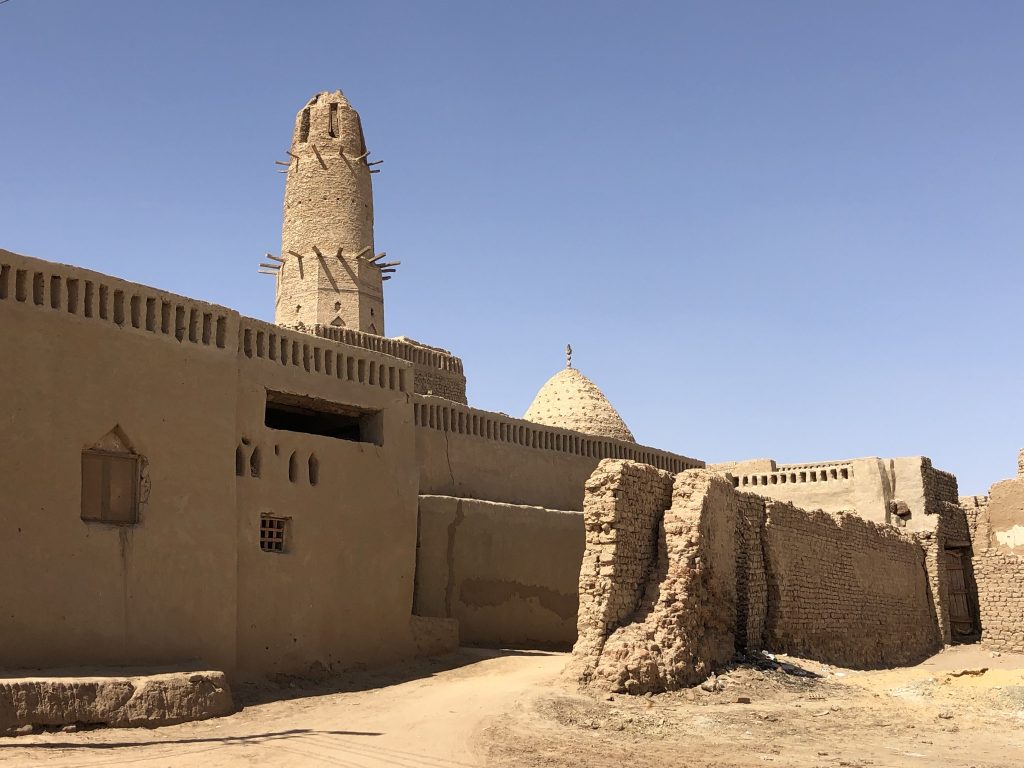
Qasr-ad-Dachla-or-el-Qasr-Islamic-Mud
- One of the leading markets is Al-Qasr, where local farmers will sell everything from basketry to food to straw hats.
- The Mut Town also houses a tourist office where you can learn more about the surroundings and further locate more shops.
Conclusion: Dakhla Oasis is a Marvelous Tourist Destination
Overall, there are many experiences that Dakhla Oasis can offer: ancient history, or simply immersing in the natural beauty and culture. From archaeology to adventure, and relaxation to nature, Dakhla Oasis is a wonderful place to enjoy.
The sky remains clear at the Dakhla Oasis, and there is no pollution. This allows for an ideal atmosphere to appreciate the stars. On a clear night, the oasis offers a breathtaking view of the celestial wonders above. Visitors can marvel at the constellations, spot shooting stars, and witness the Milky Way stretching across the sky, creating a truly mesmerizing experience.

